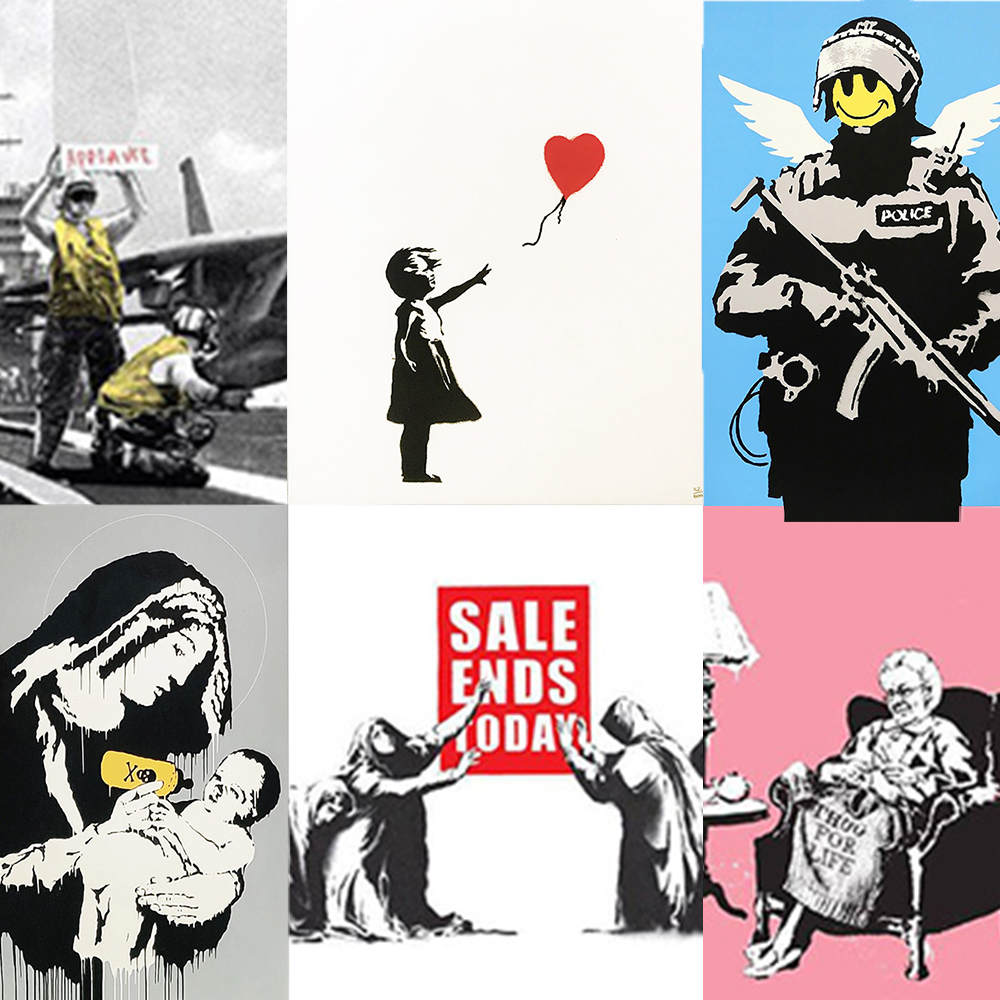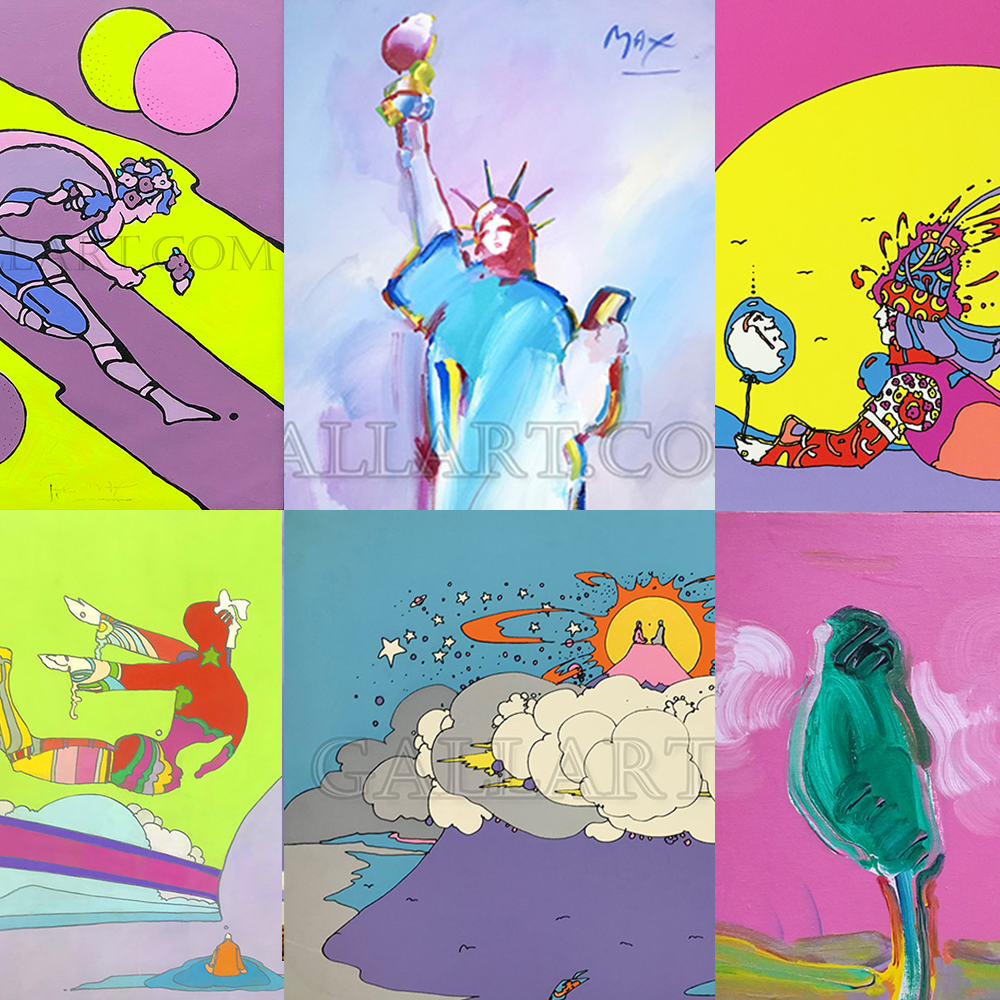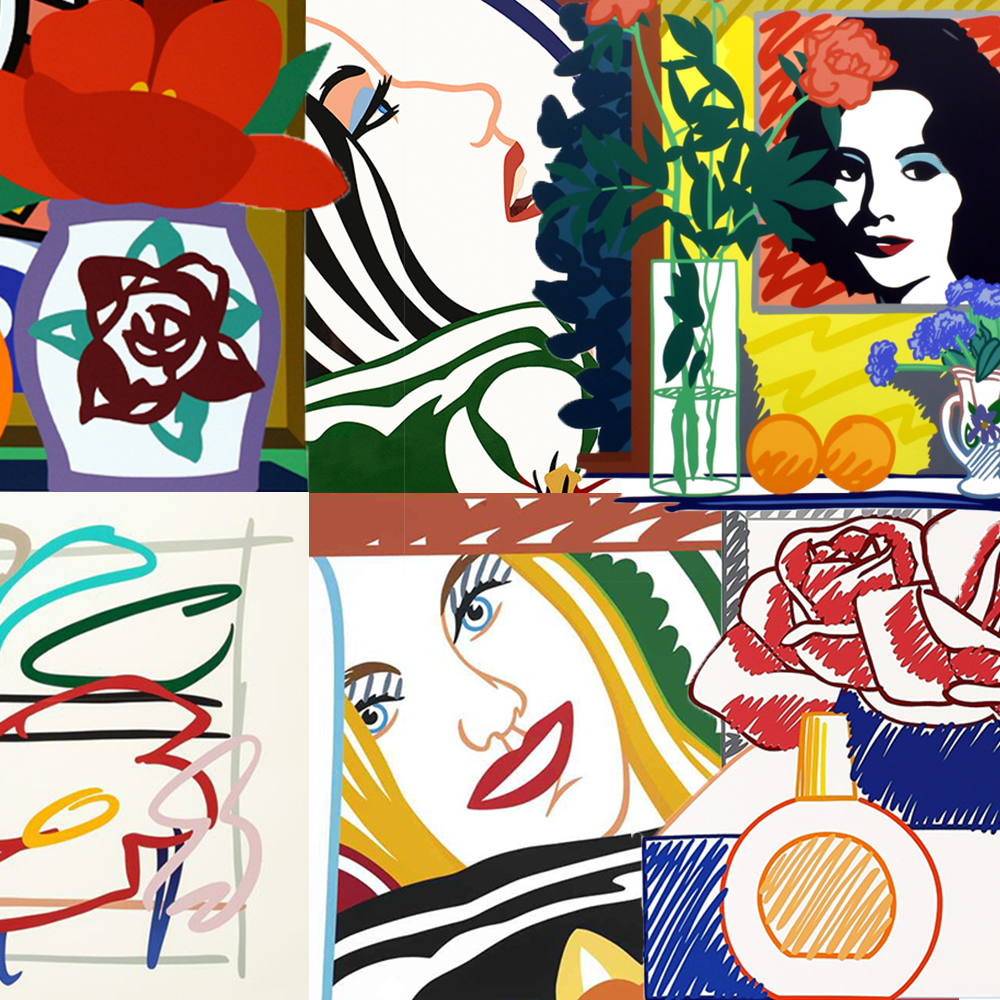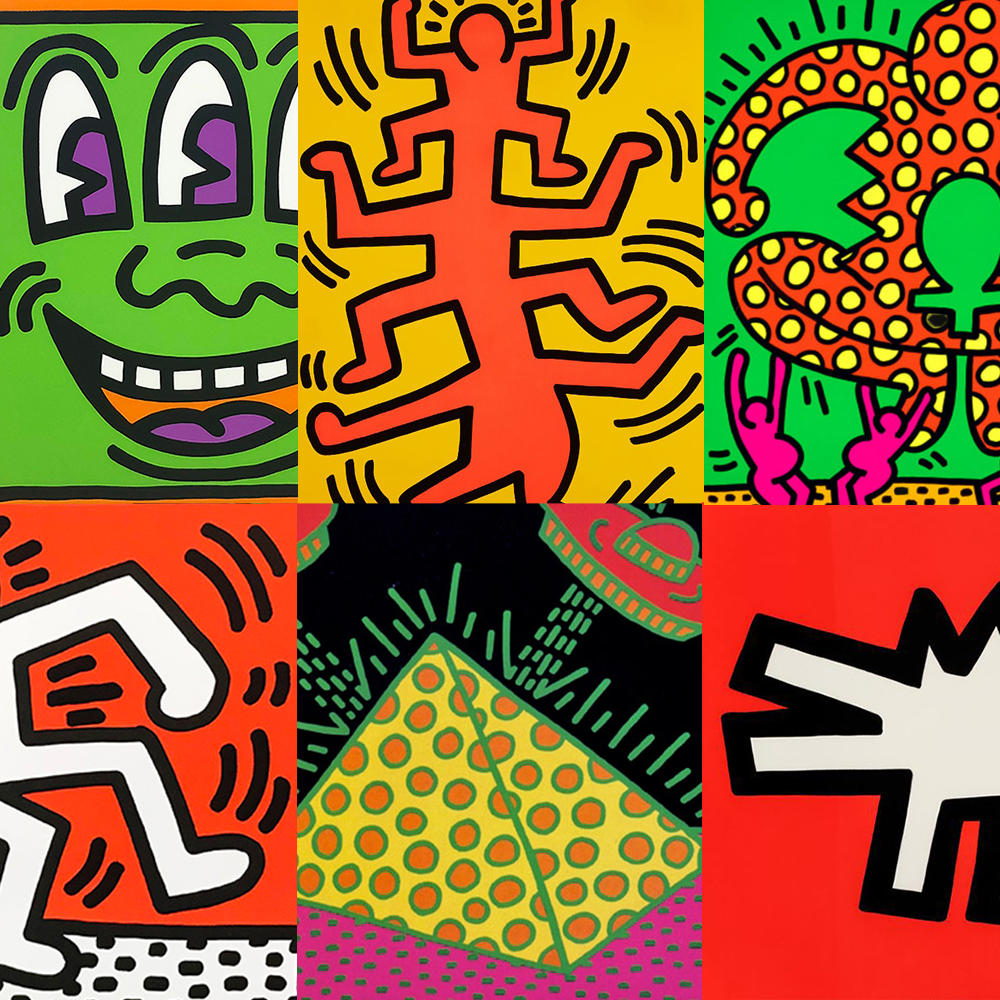ANDY WARHOL

ANDY WARHOL
Untitled (Self-portrait)
Unique polaroid print
4.25 x 3.25 inches
G24384
Andy Warhol | (Andrew Warhola) born: August 6, 1928 – died: February 22, 1987) was the leader of the 1960's Pop Art movement in the United Sates. Warhol graduated from Carnegie Mellon University in 1949 as a commercial illustrator. Over the course of his early career, Warhol became obsessed with popular culture, celebrities and advertising. Warhol created his strikingly modern images at his famous Factory studio in New York City. Warhol's silkscreens and his use of commercial reproduction techniques to create them revolutionized art history. He later achieved fame with his series of silkscreens and paintings of popular brands and celebrities such as his iconic Marilyn Monroe portrait.
Warhol began his Marilyn series 3 days after the actress died. Marilyn Monroe died on August 5, 1962. This was the day after Warhol’s first show at the Ferus Gallery closed. Warhol found in Marilyn’s exuberant celebrity and tragic death inspiration for his next body of work. For the next 30 years, Marilyn Monroe remained a source of artistic inspiration and production for Andy Warhol.
Warhol had always admired Monroe’s dazzling beauty and celebrity. Even though, Warhol never met the actress in life, in death Monroe became a muse and source of endless inspiration for the artist. The mystery surrounding Marilyn Monroe’s death and the mourning of fans worldwide heightened the actress stardom to iconic status. With the outpouring of media attention, Warhol recognized in Monroe the perfect synthesis of design and celebrity culture.
Warhol’s iconic portrait of Monroe is actually a 1952 publicity still published to promote the 1953 film Niagara. In 1953 Marilyn was at the height of her fame. Nude photographs of the actress were leaked and appeared in the first edition of Playboy magazine. In her first interview following the scandal, Monroe openly talked about her humble beginning and early struggles. The public empathized with Monroe’s vulnerability and thus a star was born.
The 1952 iconic image of a 26 year old Marilyn, portrays the then emerging starlet with dreamy eyes, softly parted lips and perfect golden locks. Warhol’s immortalized his muse using the silkscreen process. Warhol chose a unique three part technical approach: He first lays down a screen, applies his layers of colored pigment, then re-silkscreens the image on top of his colors. Later on in his career Warhol would start painting or drawing over his dried silkscreens adding ink or colored pencil.
The first Marilyn series debut was in late 1962 during Warhol’s first solo exhibition in New York City at Stable Gallery. Warhol’s choice of Marilyn’s publicity still and his stunning chromatic vision were a success striking a particular sensitivity from his audience. In fact, Warhol himself that he witnessed many of the observers weeping in the face of his depictions of Marilyn. Andy Warhol’s Marilyn series transformed Monroe into an icon transcending her own celebrity and even her own death.
Warhol was a highly experimental printmaker and the silkscreening process allowed him to explore a wide range of variations within a single image. He manipulated color and created a new contrasting effect with each repetition. Ultimately, Warhol repeated the same image not because he loved the image as much as because he treasured the variation itself and the way the repetitions could transform the same image. Unique screen prints were actually discovered as part of Warhol’s personal collection of unpublished works after his death. Most of Warhol’s unpublished works are unique because of their variations since he explored color and composition during proofing. Warhol’s proofing process was so extensive and experimental it resulted in unique prints that were never released as editions. The prints provide an insight into Warhol’s creative process and his thematic concerns. Warhol created prints in limited numbers for his personal use. Many were given to friends, clients and colleagues as holiday gifts.
However, in 1962 Warhol’s exploration of color was in its formational stages as he developed his Pop sensibility. By 1964 Andy Warhol was producing some of his most vibrant color schemes and variations. The Flower series begins as Warhol departs from the Stable Gallery and enters the Leo Castelli Gallery. For his opening show at Castelli Warhol turns towards a series of Flower paintings that have since become an essential motif within his artistic repertoire. Warhol’s Flowers was a refreshing and surprising departure from the artists initial themes of pop culture and consumerism. At the time, however, the subject matter was a sharp departure for an artist known primarily for his images of brands. At this point one can imagine that the flowers, apolitical and removed from time and space, became an appealing subject. But, rather than a direct encounter with nature itself, Warhol used a photograph of hibiscus blossoms he found in the 1964 issue of Modern Photography to create these prints. When Paula Caufield, the photographer of this image, found out, she brought a lawsuit against Warhol in 1966 for unauthorized use of her image. There is something ironic, almost comical about the fact that Warhol went into a lawsuit for using a simple image of flowers after years of replicating copyrighted product labels- as if in Warhol’s hands, even an unassuming subject could become embroiled in confrontation, politics and the law.
In addition to a thematic shift, Warhol’s new body of work underwent a transformation in format. Deviating from the modular quality of his Jackie paintings, the Flowers were created in varying sizes and some were commissioned by Ethel and Robert Scull. The Sculls began collecting in the mid-50’s, when there was virtually no market for contemporary American art with funds derived from a burgeoning taxicab business founded by Ethel’s father. Warhol’s first commissioned portrait was, as a matter of fact, Ethel Scull’s portrait titled, “Ethel Scull 36 Times.”
The remaining sizes of the Flowers series were executed for Warhol’s second exhibit that was to be held at Sonnabend in Paris in 1965. That paint used was manufactured by the Day-Glo color corporation in fluorescent hues. The Flowers series is the most numerous in Warhol’s production totalling 81 as noted in Warhol’s Catalogue Raisonne. Warhol’s Flowers have become a signature of early Pop Art icons.
Warhol started painting commissioned portraits in the early 1960’s. These works developed into a significant aspect of his career and a main source of his income in the 1970’s. Many of his subjects were well known in international social circles, the art world, and the entertainment industry at the time.
Warhol began each commissioned portrait with a photoshoot using a Polaroid camera. The Polaroid afforded a very high contrast image that Warhol enlarged and transferred onto a silkscreen. Each portrait was under-painted first. Warhol traced simple outlines of the photographic image onto canvas and painted blocks of color. Some portraits were painted in slick, hard-edge styles, whereas others had solid fields of color or more gestural brushwork. Once this initial painted layer was dry, Warhol printed the photographic silkscreen image on top of it.
“Jason McCoy, 1974” is the iconic portrait of Jackson Pollocks nephew, the legendary art dealer Jason McCoy. In an interview, the art dealer later revealed that he traded a small Pollock and some cash with Warhol for the now famous portrait and two silver Elvis. Warhol’s portrait presents a bold Jason McCoy poised at the top of his career wearing a black Yves Saint Laurent velvet jacket.
In 1977, Andy Warhol began a series of legendary artworks titled Torsos and Sex Parts. The legend of the Torsos and Sex Parts series begins when a man approached Warhol boasting of his large penis. Warhol agreed to photograph the man’s genitalia and placed the photographs in a box which he casually labeled “Sex Parts.” It was the wording on the box’s label that later gave Warhol the idea for a new series of works based on the initial photographs.
The legend continues to tell the story of how the subjects for the subsequent photo shoots were recruited from gay bath houses by Halston’s then boyfriend, the artist and window dresser Victor Hugo. Upon arrival at Warhol’s set the men were instructed to relax, pose, or take part in various sexual activities while Warhol photographed them with a 35mm camera and a Polaroid Big Shot.
In creating the artworks, Warhol was probably inspired by classical nudes and erotic art which have been depicted through-out history since 35,000 BC. Warhol would have been taught about such historical works during his Art History classes at Carnegie Tech, and their impact is evident in his Torsos and Sex Parts series. Out of the body of work produced during this creative period the tamer images became the basis of the Torsos series, which was meant to be exhibited in museums, and which debuted at the Grand Palais in Paris in October 1977. The more sexually-charged artworks were produced as the Sex Parts print portfolio and were intended to be purchased for private collections. While Warhol’s Torsos paintings would quickly be praised for following in the “high art” style of classical nudes, the Sex Parts series from which Torsos was born blurred the line between art and pornography.
According to associate Bob Colacello, when confronted on the explicit nature of the photographs sitting around the office Warhol responded, “Just tell them it’s art, Bob. They’re landscapes.” But perhaps the underlying reason for their creation was as a tool for Warhol’s ultimate acceptance of his sexuality. Longtime assistant Ronnie Cutrone recalls: “… we always understood it was going to be one of those portfolios that would sit primarily in the back room; that it would take a certain type of collector to appreciate them… But Andy was Catholic and a homosexual…For years, the joke was that Andy called homosexuality a “problem.” Sex Parts was a final announcement or affirmation of his homosexuality.”
Andy Warhol died on February 22, 1987 of complications related to gallbladder surgery.
ARTIST COLLECTIONS
-
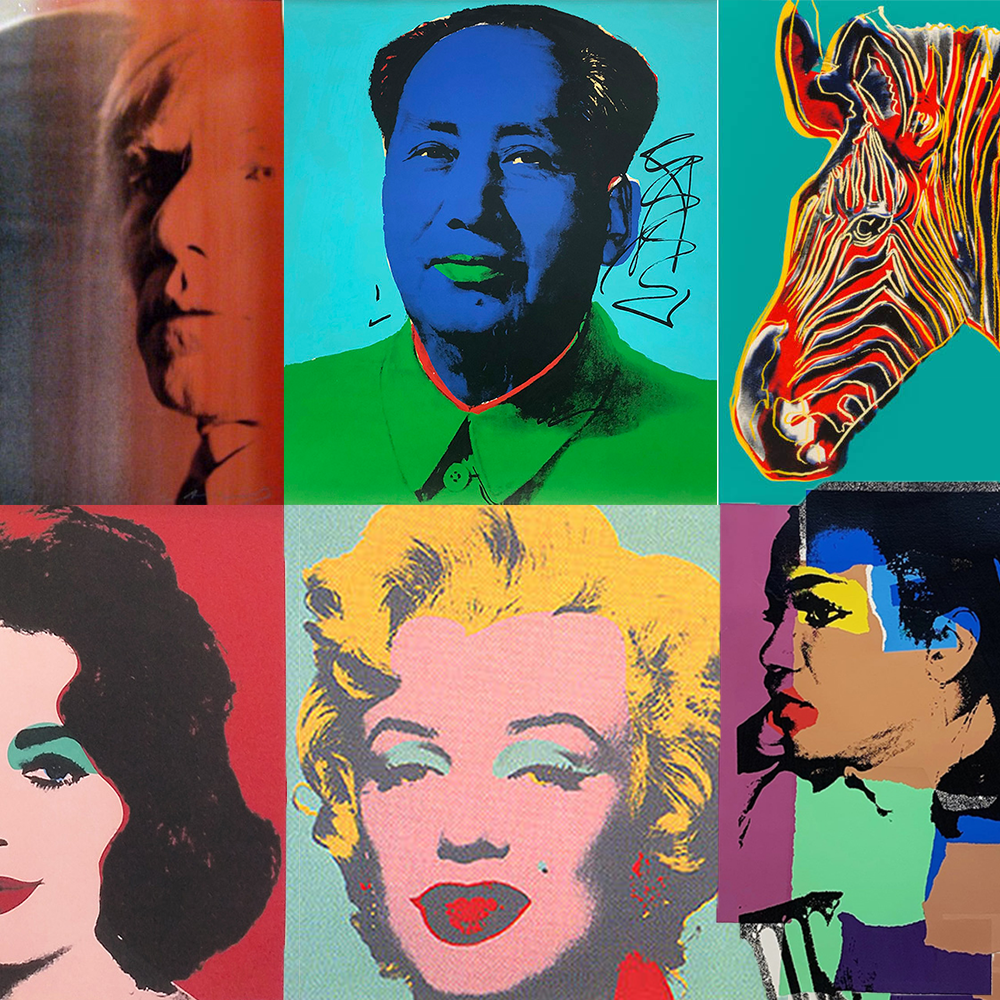
ANDY WARHOL ART
WARHOL | Biography


